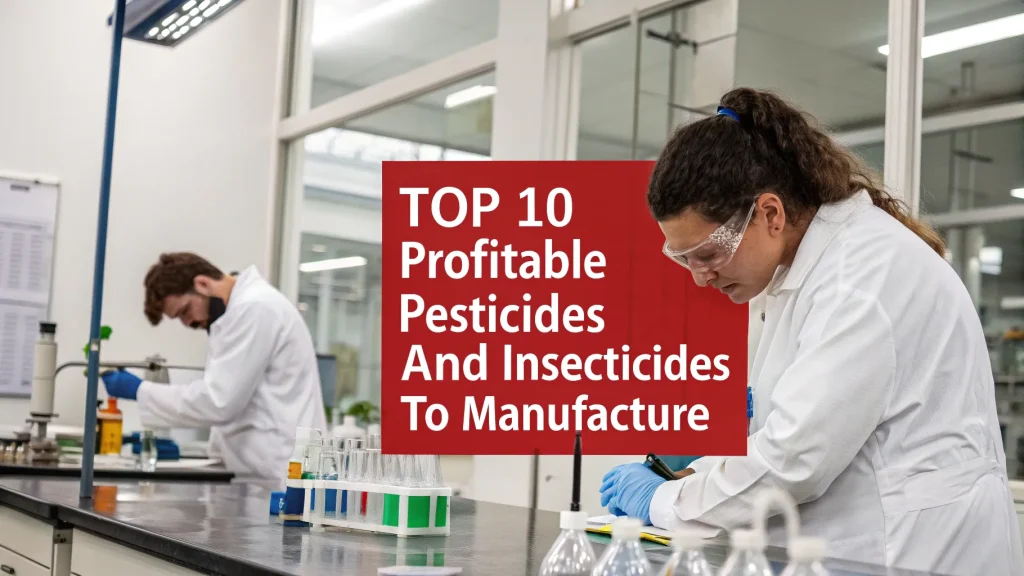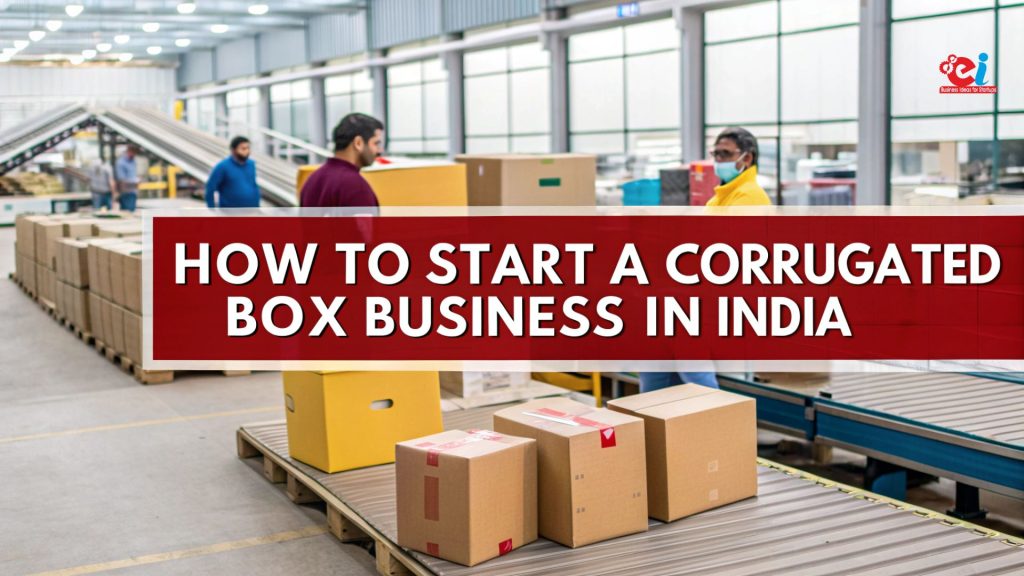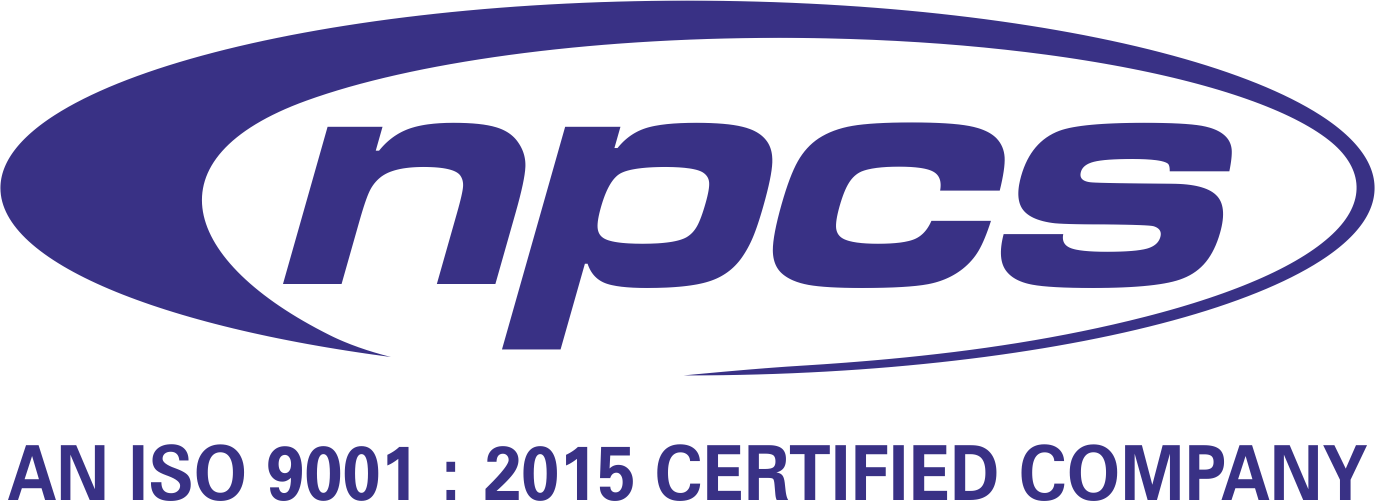
In today’s rapidly evolving world, environmental consciousness has become more than just a trend—it has transformed into a necessity. Every year, millions of tons of plastic waste pollute our ecosystems, prompting both individuals and industries to seek eco-friendly alternatives. Among the most promising solutions is the rise of biodegradable disposable products. These alternatives not only reduce long-term environmental impact but also offer the convenience of disposables without contributing to the plastic crisis. As governments impose stricter regulations on single-use plastics and consumers become more eco-aware, the demand for biodegradable options continues to grow exponentially.
Whether it’s tableware made from sugarcane bagasse or packaging derived from corn starch, biodegradable disposables are reshaping how we think about waste and sustainability. In this blog, we’ll dive deep into the world of biodegradable disposable products, their types, advantages, market potential, and how they are paving the way toward a cleaner, greener future.
Visit this Page for More Information: Start a Business in Biodegradable Products Industry
What Are Biodegradable Disposable Products?
Biodegradable disposable products are items intended for single-use that decompose naturally into non-toxic components under the influence of microorganisms, moisture, and oxygen. Unlike conventional plastic items that can persist in the environment for hundreds of years, these products break down within months or even weeks, leaving no harmful residue behind. This makes them an essential part of the growing movement towards sustainable living.
Commonly used in food service, packaging, and hygiene sectors, these products are crafted from renewable materials such as plant fibers, cornstarch, PLA (polylactic acid), and other organic polymers. Their convenience mirrors that of traditional disposables, but with the crucial benefit of minimizing landfill accumulation and marine pollution.
Related Business Plan: Biodegradable Products, Recyclable
Types of Biodegradable Disposable Products
Biodegradable disposables come in many forms, tailored to different applications and industries. Here are some of the most common categories:
1. Tableware and Cutlery
Manufacturers produce plates, bowls, cups, and cutlery from materials like sugarcane bagasse, wheat bran, bamboo, palm leaves, and corn starch. These alternatives not only look aesthetically pleasing but also serve their purpose without compromising strength and durability.
Businesses in the hospitality and catering sectors now rely heavily on these products to meet both environmental goals and customer expectations.
2. Packaging Materials
Today’s packaging industry actively embraces biodegradable solutions such as bioplastics (PLA), mushroom packaging, and paper-based alternatives. These materials offer similar performance characteristics to plastic but break down naturally over time, making them ideal for shipping, food wrapping, and e-commerce applications.
3. Sanitary Products
From diapers to sanitary napkins, the hygiene product market is witnessing a significant shift. Many brands now offer biodegradable disposable sanitary items made from cotton, bamboo, and organic cellulose that are gentle on the skin and the environment.
4. Garbage Bags and Food Storage
Traditional plastic garbage bags contribute massively to pollution. In contrast, biodegradable garbage bags—made from corn starch and PBAT—offer a sustainable alternative. Similarly, biodegradable food storage containers keep food fresh while reducing environmental impact.
Read Similar Articles: Biodegradable Products
Materials Used in Biodegradable Disposables
Different raw materials offer unique properties for biodegradable disposable manufacturing. Let’s explore the most popular ones:
Bagasse (Sugarcane Fiber)
Bagasse, a by-product of sugarcane processing, is widely used to make sturdy and heat-resistant disposable tableware. It decomposes in composting environments within 60–90 days.
Corn Starch
Corn starch-based bioplastics are lightweight, flexible, and moisture-resistant. They work well in packaging, disposable cutlery, and grocery bags.
PLA (Polylactic Acid)
Derived from fermented plant starch (usually corn), PLA is a leading bioplastic used in cups, straws, and food containers. It decomposes under industrial composting conditions.
Areca Leaves and Bamboo
Natural materials like areca leaves and bamboo do not require any chemical treatment. They are 100% compostable, biodegradable, and often reusable to some extent.
Click here to send your queries/Contact Us
Environmental Benefits of Biodegradable Disposables
Switching to biodegradable disposables brings substantial environmental advantages:
-
Reduced landfill waste: These products decompose quickly, reducing pressure on landfills.
-
Lower carbon footprint: Manufacturing processes consume less energy and emit fewer greenhouse gases.
-
Compost generation: Once decomposed, the organic waste turns into nutrient-rich compost that benefits soil health.
-
Pollution control: Unlike plastic, biodegradable disposables do not release microplastics into oceans and waterways.
Challenges Facing the Biodegradable Disposable Industry
Despite the many benefits, the industry faces a few critical challenges:
-
Composting Infrastructure: Not all regions have industrial composting facilities, which are necessary for certain materials like PLA.
-
Higher Production Costs: Bio-based raw materials and processing often cost more than traditional plastic manufacturing.
-
Consumer Awareness: Many users still confuse “biodegradable” with “compostable,” which may lead to incorrect disposal methods.
-
Shelf Life Limitations: Some biodegradable products have shorter lifespans due to their organic nature.
Nevertheless, continued innovation and policy support are gradually overcoming these barriers.
Related Feasibility Study Reports: Read Our Project Reports & Profiles
Government Policies and Global Initiatives
Governments around the world are introducing regulations to curb plastic pollution and promote biodegradable alternatives:
-
India’s ban on single-use plastic encouraged widespread adoption of biodegradable disposable items in restaurants and retail sectors.
-
European Union’s Directive on Single-Use Plastics mandates a shift to sustainable materials.
-
U.S. cities like San Francisco and Seattle require compostable or recyclable food packaging and disposables.
These policies are driving massive investments in research and development, further accelerating innovation in biodegradable disposable manufacturing.
Market Growth and Business Opportunities
The biodegradable disposable market is booming, thanks to rising environmental awareness and supportive legislation. According to market research, the global biodegradable tableware market alone is expected to surpass $10 billion by 2030, growing at a compound annual growth rate (CAGR) of over 6%.
Entrepreneurs and startups have vast opportunities to explore in this segment, especially in areas like:
-
Sustainable event planning
-
Eco-friendly food packaging solutions
-
Bulk supply to schools, hospitals, and public institutions
Businesses that embrace green alternatives not only meet consumer demand but also enhance their brand reputation in an eco-conscious world.
Read our Books Here: Disposable Products Manufacturing Handbook
How to Choose the Right Biodegradable Disposable Products
To ensure you make the most environmentally friendly choice, consider these factors:
-
Material source: Choose products made from renewable and locally sourced raw materials.
-
Decomposition rate: Check if the product decomposes in home composting or needs industrial composting.
-
Certifications: Look for certifications like ASTM D6400, EN13432, or IS/ISO standards for biodegradable and compostable products.
-
End-of-life disposal: Understand how to properly dispose of the item to ensure it breaks down as intended.
Conclusion
The rise of biodegradable disposable products marks a powerful shift toward a cleaner, more sustainable future. As we face the global challenge of plastic pollution, these innovative alternatives offer a practical and eco-friendly solution. From tableware to packaging and personal hygiene, biodegradable disposables are revolutionizing how we consume and dispose of everyday items. With continued support from policymakers, businesses, and consumers, we can collectively reduce our environmental footprint and create a planet where convenience doesn’t come at the cost of nature.
Click here to send your queries/Contact Us
Reasons for Buying NIIR Report:
- Our research report helps you get a detailed picture of the industry by providing an overview of the industry along with the market structure and classification.
- Our report provides market analysis covering major growth driving factors for the industry, the latest market trends and the regulatory framework of the industry.
- Our Report provides an analysis and in-depth financial comparison of major Players / Competitors.
- Our Report provides indispensable buyers data with their company financials as well as the contact details, which can be an important tool in identifying the target customers.
- Our report provides forecasts of key parameters which help to anticipate the industry performance.
- We use reliable sources of information and databases. And information from such sources is processed by us and included in the report.
See More Links:
- Start a Business in Asia
- Start a Business in Potential Countries for Doing Business
- Best Industry for Doing Business
- Business Ideas with Low, Medium & High Investment
- Looking for Most Demandable Business Ideas for Startups
- Startup Consulting Services
- Start a Business in Africa
- Start a Business in India
- Start a Business in Middle East
- Related Videos
- Related Books
- Related Projects
- Related Market Research Reports





